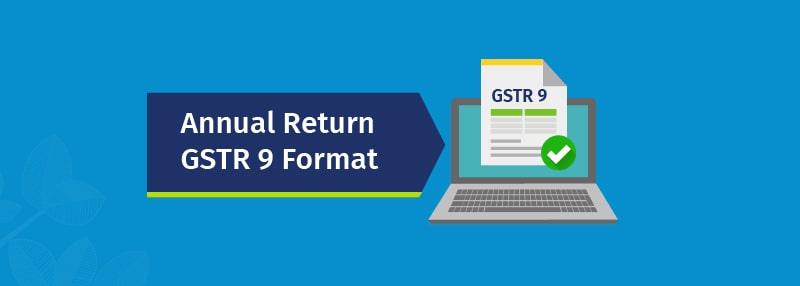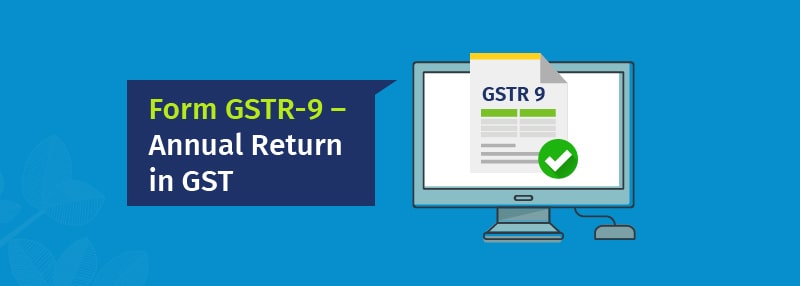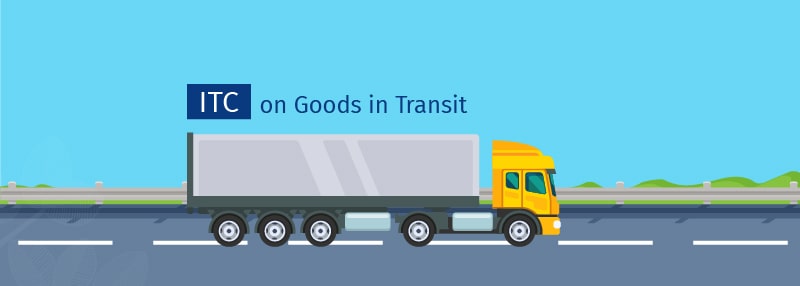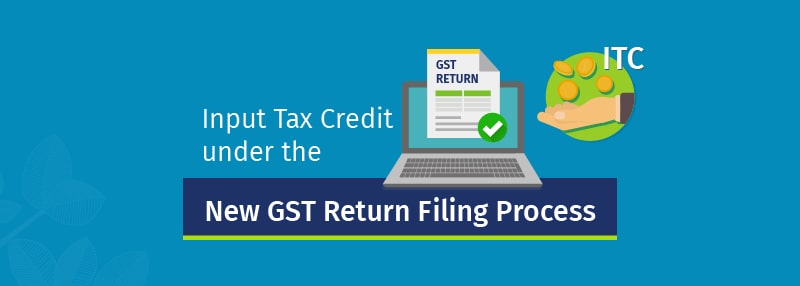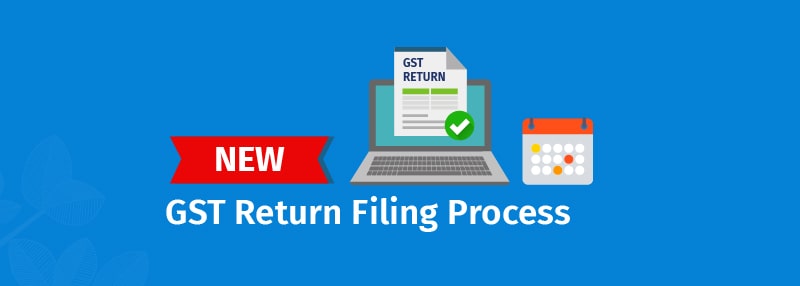By definition, form GSTR 9 is a consolidated return of all the returns filed during the previous financial year. The annual return which is due on 31st December, 2018 should be filed with the consolidated details of all returns filed from July’17 to March’18. On 4th September, 2018, CBIC has notified the annual return GSTR 9 format in which the consolidated details need to be captured by the taxpayers.
To know more on applicability and due date to file annual return GSTR 9, please read our blog Annual Return GSTR 9,’ In this blog, we will discuss about the annual return GSTR 9 format.
Annual Return GSTR 9 Format
The annual return GSTR 9 format consists of 6 parts in which the details of supplies made or received during the period of July’17 to March’18 need to be captured. The details required in all 6 parts of GSTR 9 format is only at the consolidated level. The following are the 6 parts of GSTR 9 format as notified by the CBIC.
| Part-1 of GSTR 9 Format | Basic Details of Taxpayer |
| Part-2 of GSTR 9 Format | Details of outward and inward supplies declared during the financial year |
| Part-3 of GSTR 9 Format | Details of ITC as declared in returns filed during the financial year |
| Part-4 of GSTR 9 Format | Details of tax paid as declared in returns filed during the financial year |
| Part-5 of GSTR 9 Format | Particulars of the transactions for the previous FY declared in returns of April to September of current FY or up to the date of filing of annual return of previous FY whichever is earlier |
| Part-6 of GSTR 9 Format | Other Information such as demands and refunds, HSN Summary, Late Fee supplies received from composition taxpayers, deemed supplies etc. |
Part-1 of GSTR 9 Format
In Part -1 of annual return, you need to capture the basic registration details of the taxpayer. The details such as fiscal year, GSTIN, legal name and Trade name (if any) need to be captured. These details will be auto-captured once the annual return form GSTR 9 is made available in the GST portal.
Part-2 of GSTR 9 Format
In Part-2 of annual return form, you need to capture the consolidated details of outward supplies as declared in the returns filed during the financial year. The Part-2 is further split into the following two sections:
- Supplies on which tax is payable: All taxable supplies (both B2B and B2C), exports on payment of tax, supplies to SEZ on payment of tax, inward supplies attracting reverse charge and advance received (but invoice is yet to be issued) need to be captured.
- Supplies on which tax is payable: This includes exports and SEZ supplies without payment of tax, outward supplies on which tax is to be paid on a reverse charge, exempt supplies, nil rated supplies and non-GST supplies.
You also need to capture the consolidated details of Debit note, Credit notes and amendments related to supplies separately.
Part-3 of GSTR 9 Format
The part -3 of annual return consist of all input tax credit availed and reversed in the financial year for which the annual return is filed. This part is further split into the following 3 sections:
- ITC availed as declared in the returns filed: In this section, ITC availed through Form GSTR-3B will be auto-captured and you are required furnish the ITC availed on different nature of Inward supplies such as B2B, B2C, Imports etc. with a break-up of Inputs, Input services and capital goods. Ideally, there should not be any difference between the ITC claimed in GSTR-3B and the details declared in this section. This section will also include the transition credit availed through Tran-1 and Tran-2.
- ITC reversed and ineligible ITC: Here, you need to furnish the details of ITC reversed owing to various reasons such as used in making exempt supplies, non-business use etc. Also, the ineligible ITC as declared in the Form GSTR-3B.
- Other ITC related Information: In this section, the ITC as per form GSTR-2A will be auto-populated and you have to give the details of ITC availed on B2B inward supplies, ITC reclaimed and ITC availed after March’18 for inward supplies received from July –March’18. You also need to declare the details of ITC available but not availed, ITC available but not ineligible, IGST credit on import of goods etc.
Part-4 of GSTR 9 Format
In part of 4 of the annual return GSTR 9 format, the actual tax paid as declared in the returns filed during the previous financial year need to be captured. Tax-wise break-up of tax payable, tax paid in cash and paid through ITC should be furnished.
Part-5 of GSTR 9 Format
In part 5 of GSTR 9, you need to declare the details of transactions related to previous financial year but declared in the returns of April to September of current FY (2018-2019) or date of filing of annual return for the previous financial year, whichever is earlier.
For example in the annual return for the FY 2017-18, the transactions related to July –March’18 are declared in the returns filed in April to September 2018. Let’s say, ITC is availed on an invoice dated 15th February, 2018 in GSTR-3B return of August, 2018 filed on 20th September, 2018. The consolidated details such supplies need to be declared in this section.
Part-6 of GSTR 9 Format
In part of 6 of GSTR 9, you need to capture the following details
- Details of demands and refunds. This includes Total refund claimed, refund sanctioned, refund rejected, refund pending, the total demand of taxes, demands pending etc.
- Supplies received from composition dealer, goods sent on approval and deemed supplies.
- HSN-wise summary of outward supplies
- Late fee payable and paid.
Conclusion
By now, you would have estimated the amount of efforts and time it requires to file to annual return in GSTR 9. Though the details are at consolidated level, you have to provide the break of supplies either based on nature of supplies (B2B. B2C, Imports, etc.) Or the nature of goods (Input or capital goods). Instead of waiting for the annual return to be activated in GST portal, it recommended for businesses to study the annual return form in detail, understand and start preparing the GSTR 9 now such that you have an ample time to file an accurate annual return.
